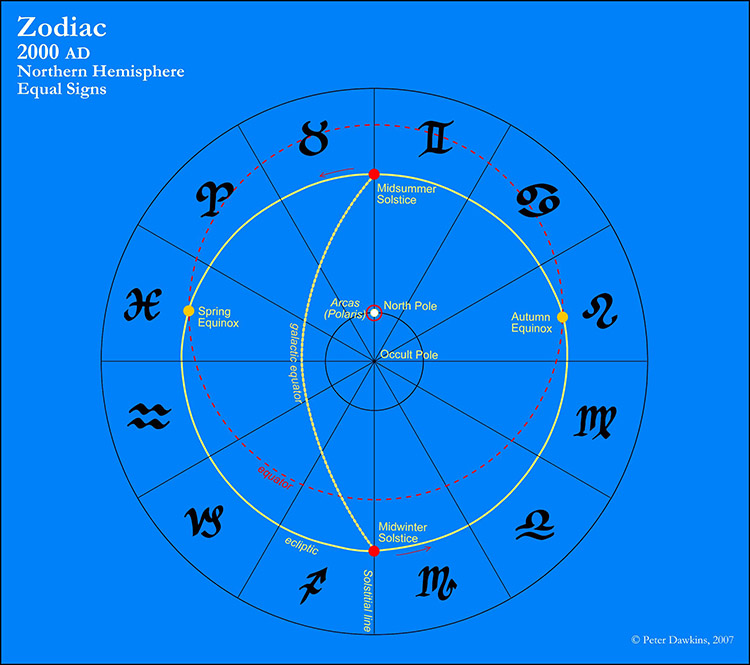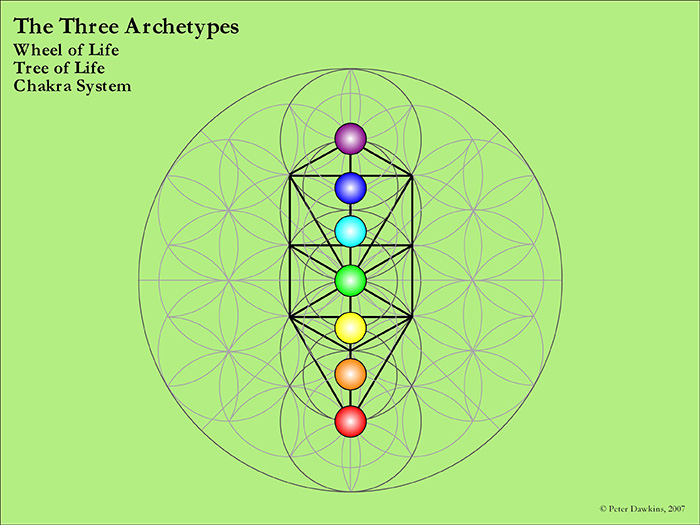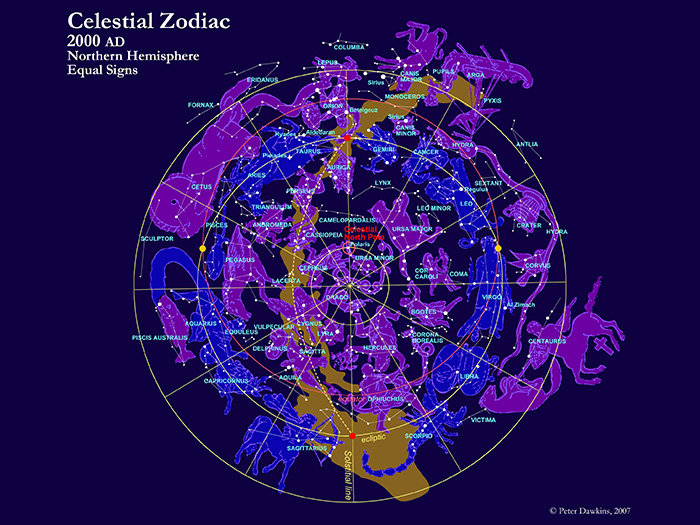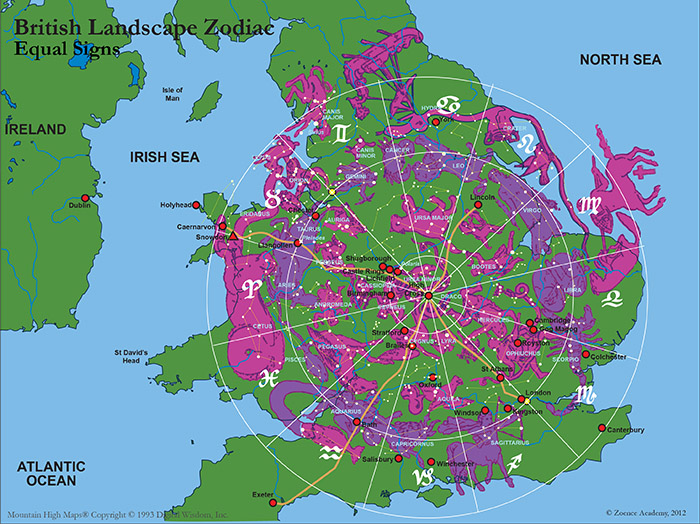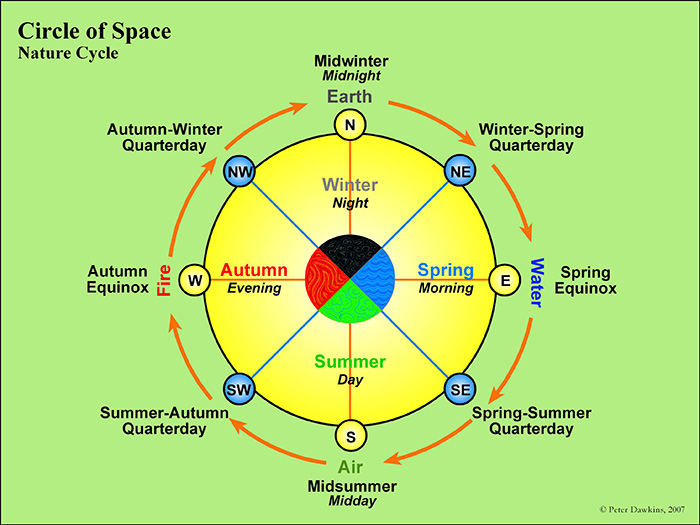The Phoenix Cycle
A Great Age of 25,920 years (see ‘Zodiac of Ages’) is also known as a Phoenix Cycle.
The phoenix is a symbol of perpetual creation, destruction, renewal and transmutation—or of the birth, death, rebirth and resurrection—of the cosmos. It is also a symbol of the Bodhisattva, Avatar or Christ—the incarnation or appearance of God.
The symbolism of the phoenix is derived from that of the dove of peace, whose white breast is coloured purple-red with love and whose head is crowned with plumes of illumination. It is a royal bird, representing the perfect expression in the cosmos of love and light. It is said to live to either 500-600 years or over 1,000 years, at the end of which it fills its nest with spices in the top branches of a palm tree, the tree of life. Seated on this nest, the phoenix turns it into a pyre by lighting it with the Sun's rays. The bird is consumed in the fire; but from the flames it rises up, reborn, rejuvenated.
The phoenix life-span of over 1,000 years refers to half an Age (i.e. 1,080 years), or one twenty-fourth of a Great Age. Put in other words, there are two incarnations or appearances of the phoenix in every Age, and twenty-four in a Great Age. The alternative phoenix life-span of 500-600 years refers to one half of this time-period (i.e. 540 years), which is one-quarter of an Age. This gives forty-eight incarnations or appearances in a Great Age.
That is to say, the story relates that the Christ, Buddha or Maha-Avatar (the Phoenix) incarnates or appears in this world twice in every Age (or, alternatively, four times in every Age), at set intervals governed by a mathematical law. Such incarnations or appearances do not necessarily infer that these are just human incarnations, although such is part of the process, but refer rather to distinct phases of the manifestation of divine consciousness and love in the world, which can and probably do involve all forms of life, including especially the human.
Each phase, epoch or incarnation has its own birth, life-span and death, followed by a rebirth or resurrection. The rebirth is a transformation from the old form into the succeeding new form, whilst resurrection is a transmutation into a higher form of expression. Both appear to take place simultaneously, nature continually renewing or recycling itself whilst at the same time transmuting something of itself into a higher form of expression, a quintessential and immortal form of light. The births/deaths/resurrections occur at the solstitial (and equinoctial) power-points of the Ages and at all the power-points of a Great Age.
Subsidiary mathematical divisions are also part of this law, each one a further expression or aspect of the phoenix. A primary subdivision is of each Age into twenty periods of time, each of 108 years. In terms of each 540-years incarnation of the phoenix, this is a five-fold division (i.e. associated with five prime aspects of the phoenix), symbolised by the five-petalled rose and five-pointed star, a particular symbol of humanity and human love as well as of Venus, and incorporating the golden proportion (phi,Φ) of harmony and beauty.
‘108’ and ‘1008’ (meaning 1080) are mathematical symbols referring respectively to a lesser and a greater divine incarnation. The 108-year cycle, which is honoured in Rosicrucian societies, recurs in a wave form, in which a creative, outflowing, yang period of 108 years is followed by a responsive, inflowing, yin period, like an outbreath and an inbreath. Within each 108-year period, and associated symbolically with it, there occur approximately nine geocentric revolutions of the planet Jupiter, the emblem of divine wisdom and compassion as well as of the guru (i.e. the master or embodiment of wisdom and compassion).
(See also ‘Atlas’ and ‘The Great Ages’ information sheets.)
© Peter Dawkins
- Zodiac of Ages
- The Great Ages
- The Phoenix Cycle
- The Solar Breath
- The Grail Cycle
- The Great Festivals
- Solar Festivals
- Winter Solstice
- Winter-Spring Quarterday – Imbolc
- Spring Equinox
- Spring-Summer Quarterday – Beltaine
- Summer Solstice
- Summer-Autumn Quarterday – Lammas
- Autumn Equinox
- Autumn-Winter Quarterday – Samhain
- Lunar Festivals

